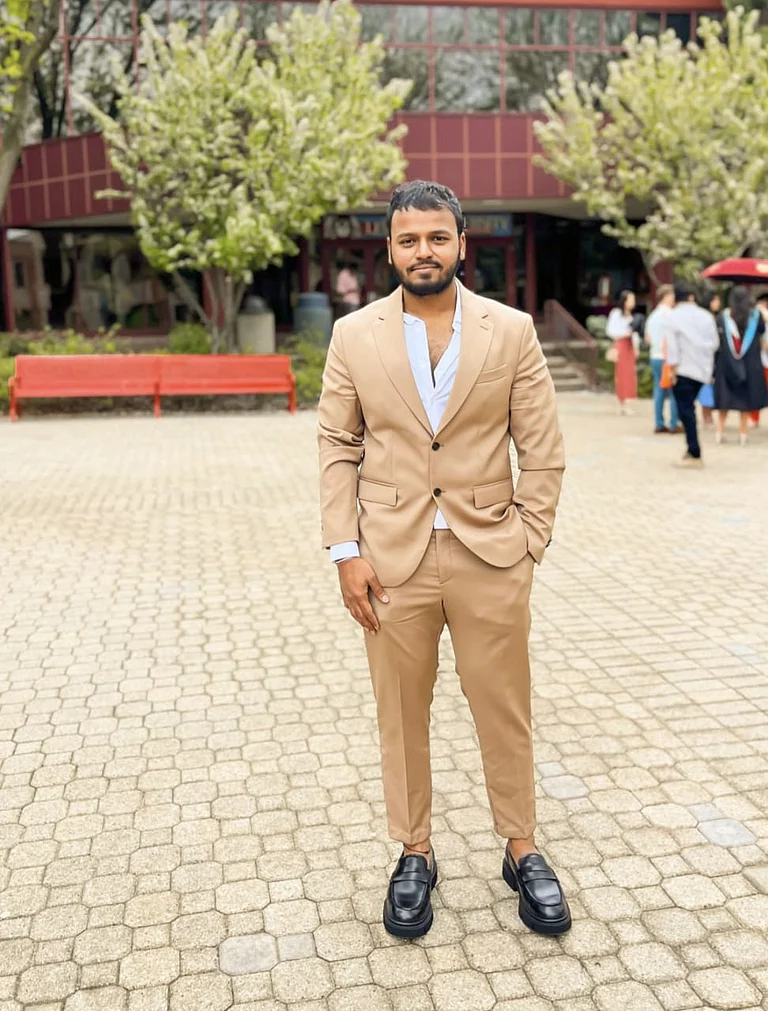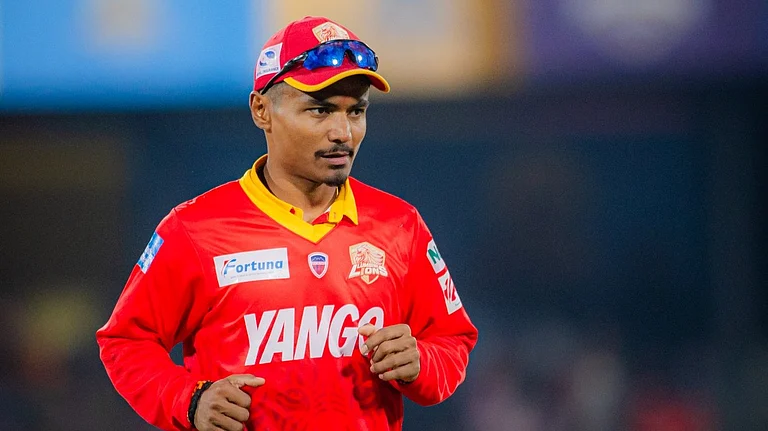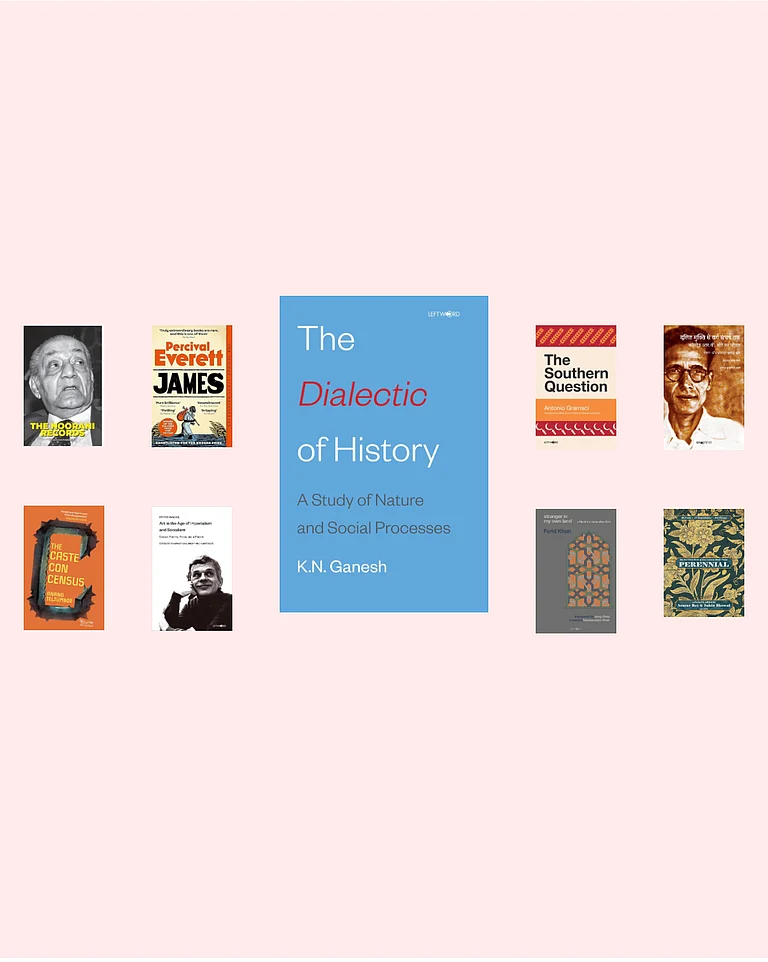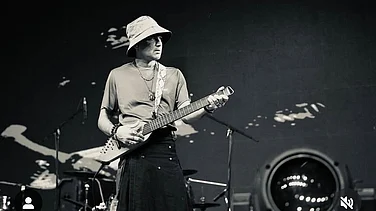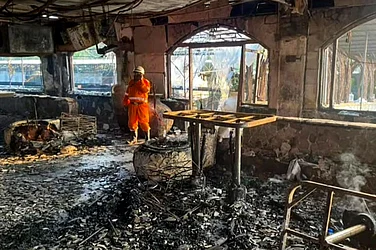The Supreme Court has pronounced a landmark judgement on the incident that took place on the midnight of 4-5th June, 2011 at Ramlila Maidan, Delhi where Baba Ramdev and his supporters were carrying on a protest against corruption and prevalence of black money in India. They were agitating against the reluctance of the government to take key steps to eliminate the menace of corruption and black money.
Admittedly, the protest was peaceful. The essence of democracy is the right to have an alternative opinion and to agitate for its acceptance. The term ‘Satyagriha’ originated in a news-sheet Indian Opinion in South Africa in 1906. It was an adaptation by Gandhi ji from one of competition entries in South Africa. Satyagraha went beyond the concept of ‘passive resistance’. The essence of Satyagraha was not aggression, but non-violence. Its force lay in truth and the ability to struggle for it. The satyagrahi invited to himself the adverse consequences of his action. He was willing to suffer the punishment as consequence of his struggle. The Supreme Court in its judgement has upheld the right to peaceful protest as a Constitutional right. The Court has rightly observed:
“Freedom of speech, right to assemble and demonstrate by holding dharnas and peaceful agitation are the basic features of a democratic system. The people of a democratic country like ours have a right to raise their voice against the decisions and actions of the Government or even to express their resentment over the actions of the government on any subject of social or national importance. The Government has to respect, and in fact, encourage exercise of such rights. It is the abundant duty of the State to aid the exercise of right to freedom of speech as understood in its comprehensive sense and not to throttle or frustrate exercise of such rights by exercising its executive or legislative powers and passing orders or taking action in that direction in the name of reasonable restrictions”.
The right to peacefully protest subject to just restrictions is now an essential part of free speech and the right to assemble. Additionally, it is an affirmative obligation of the State to make that exercise of this right effective.
Recent experiences have shown that the political establishment encourages the use of police powers to render weak and otiose the exercise of such rights. Team Anna repeatedly had difficulties in being allotted centrally located available place to organize their protest. Police powers were used to dictate that the size of protest must be miniscule and not large. When large open areas such as Ramlila maidan and other centrally located sites are available, recent experiences have shown that police discretion has been used to discourage people from using such sites for organizing protests. The Supreme Court has taken note of some such practices.
A reading of the judgement of the Supreme Court confirms the fact that the protest by Baba Ramdev and his supporters was absolutely peaceful. The Supreme Court has observed that:
"There was no disturbance or altercation whatsoever and the followers of Baba Ramdev were peacefully waiting in queues that stretched for over two kilometers. If the police wanted to limit the number to 5,000, it could have easily stopped the people at the gate itself. However, no such attempt was made.
The conduct of the police goes to indicate that the police action resulted from instructions from the government and their current stand regarding the number of persons present is nothing but an after thought.”
The court further referring to the conduct of the protesters has noticed that:
“None of the stated conditions, admittedly, had been violated, and as such there no cause for the police authorities to withdraw the said permission....
Even if for the sake of arguments, it is assumed that there was a requirement for seeking permission from the police and the police had the authority to refuse such a permission and such authority was exercised in accordance with law, then also this respondent and the public at large were entitled to a clear and sufficient notice before the police could use force to disperse the persons present at the site.
Imposition of an order under section 144 Cr PC was neither called for nor could have been passed in the facts and circumstances of the present case...
In fact the order was passed in a pre-planned manner and with the only object of not letting Baba Ramdev to continue his fast at the relevant date and time...
The documents on record show that some of the police personnel certainly abused their authority, were unduly harsh and violent towards the people present at the Ramlila maidan, whereas some others were, in fact, talking to the members of the gathering as well as had adopted a helpful attitude.”
What happened on the midnight of 4-5th June, 2011 at Ramlila Maidan becomes increasingly clear from the final directions of the Court. A peaceful protest was being organized by Baba Ramdev and his supporters as a part of their constitutional guarantees when section 144 was unlawfully imposed. The protesters were peaceful. They had followed every condition imposed on them. The entry into the pandal was regulated by the police. Suddenly a decision was taken to evict the gathering. The Supreme Court in this regard has observed:
“The decision to forcibly evict people sleeping at Ramlila Maidan at the midnight o 4-5th June, 2011 whether taken by the police independently or on consultation with the Ministry of Home Affairs is amiss and suffers from the element of arbitrariness and abuse of power to some extent. The restriction imposed on the right to freedom of speech and expression was unsupported by cogent reasons and material facts. It was an invasion of legal protections available to them even under the provisions of CrPC. Thus the restriction was unreasonable and unwarrantedly executed. The action demonstrated the might of the State and was an assault on the very basic democratic values enshrined in our Constitution...
From the facts and circumstances that emerge from the record before this Court, it is evident that it was not a case of emergency.”
The Court has further held that even if the government decided to evict the people present, they were entitled to a reasonable notice. On the contrary, disproportionate force was used, water canons, lathi charge and tear gas shell injuring many people and leaving one dead.
These conclusions by the Supreme Court upheld the constitutional guarantees that citizens are entitled to. They go a long way in strengthening Indian democracy and allowing space for peaceful dissent within our political system. The observations of the court and the law so declared will go a long way in safeguarding the right to protest which makes dissent co-existent with democracy. The Court deserves full credit for this.
However, after this the judgement takes a curious turn. It imposes an obligation on the protesters to obey every lawful order. Admittedly, neither the imposition of section 144 in this case nor the withdrawal of permission or the manner of forcible eviction were lawful. Why should the protesters have accepted such an order. How then can the principle of ‘contributory negligence’ be imposed on a protester who was exercising his fundamental right to protest ? The concept of ‘contributory negligence’ is born out of a law of tort. It cannot be used to dilute the width and exercise of a fundamental right. ‘Contributory negligence’ is a defence where a person who is wronged could have acted in its own interest and taken due care and caution so that not to contribute to the injury. It is a legal plea available as a defence in a Tort action. Its application to restrict the exercise of fundamental right is wholly unwarranted and legally untenable.
India attained its Independence through peaceful struggle. Passive resistance, civil disobedience and Satyagraha are well known instruments of protest. They essentially involve peaceful and non-violent methodologies of protest. Satyagraha is an instrument where truth is used for assertion. A Satyagrahi himself bears the punishment for violating the law and for disagreeing with an oppressive regime. To equate the right of a Satyagrahi with contributory negligence undoes the advantage of an otherwise landmark law that this judgement has laid down. If a protester is within his constitutional rights to organize a peaceful protest he is equally within his rights not to accept an illegal order denying his right to protest. He runs the risk of being punished if the order is held to be lawful. But when a protester violates section 144 he is always willing to suffer a punishment. The law declared is understood to mean that every time his fundamental right to protest is intercepted by the State he must immediately comply with the order or would run the risk of being liable for contributory negligence. A citizen cannot be compelled to abdicate his fundamental rights merely because the State decides to restrict his right to protest.
The judgement of the Supreme Court lays down a landmark law inasmuch as it upholds the right to protest as a fundamental right of speech and assemble. However, it shakes the foundation of the fundamental right by laying down a highly doubtful proposition that once the right to protest is denied the protester must meekly accept the denial or run the risk of a contributory negligence to the police oppression.
This part of the judgement requires to be extensively debated and possibly reconsidered.







